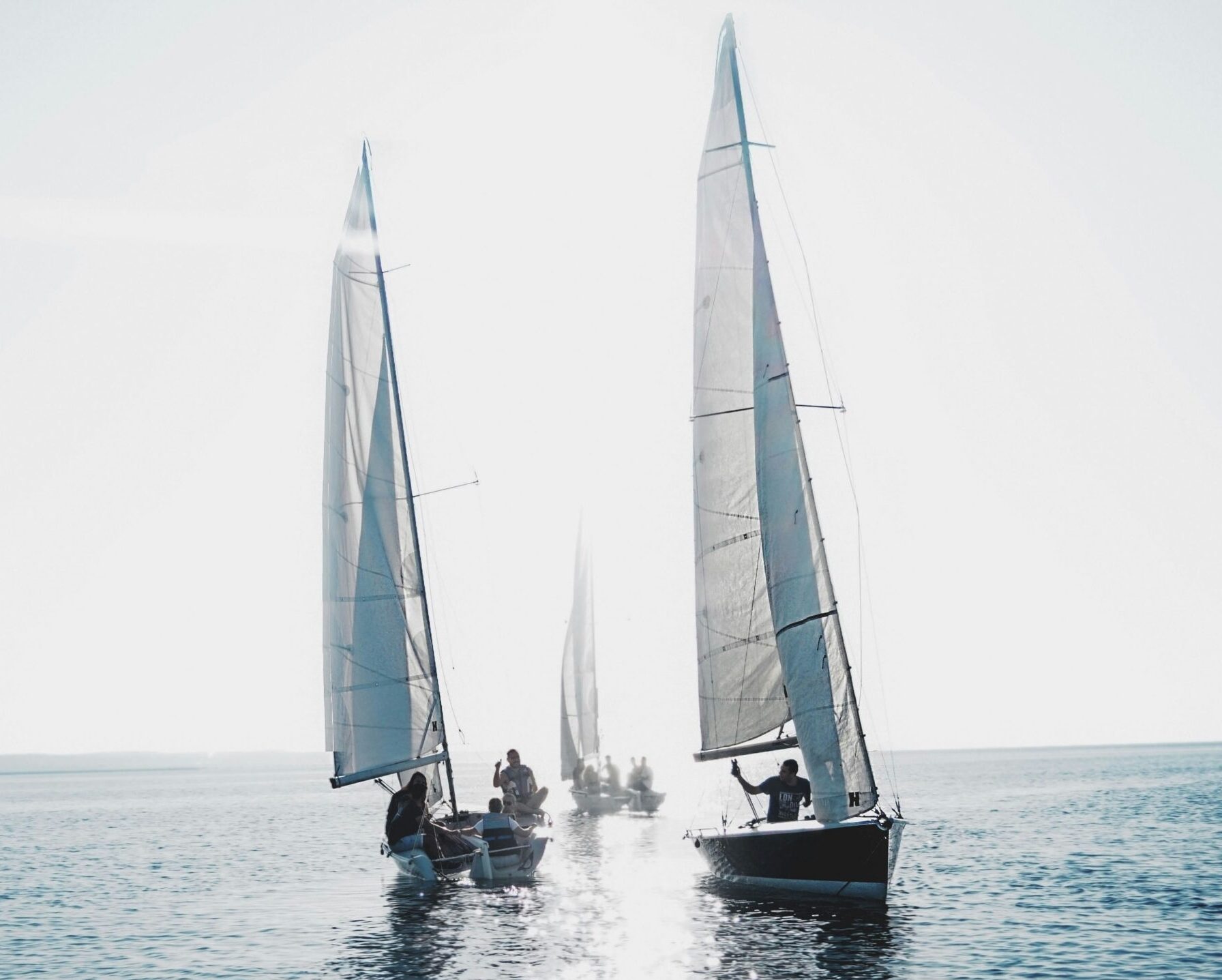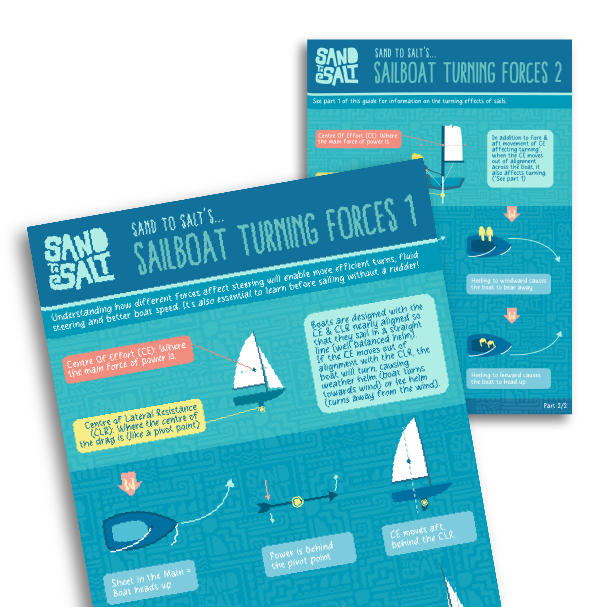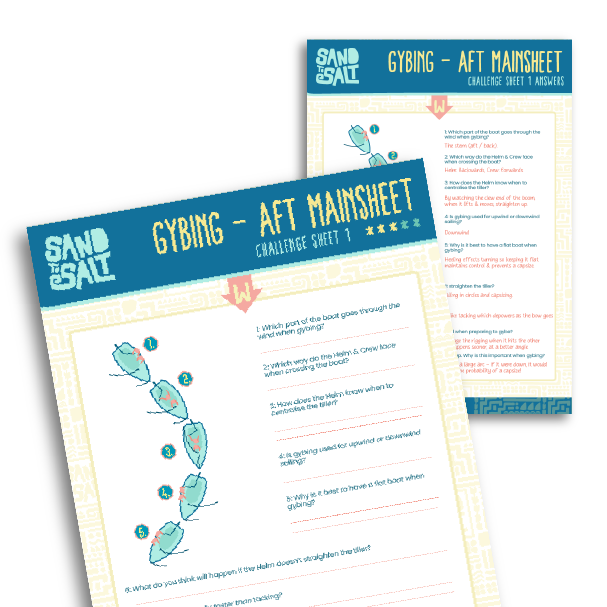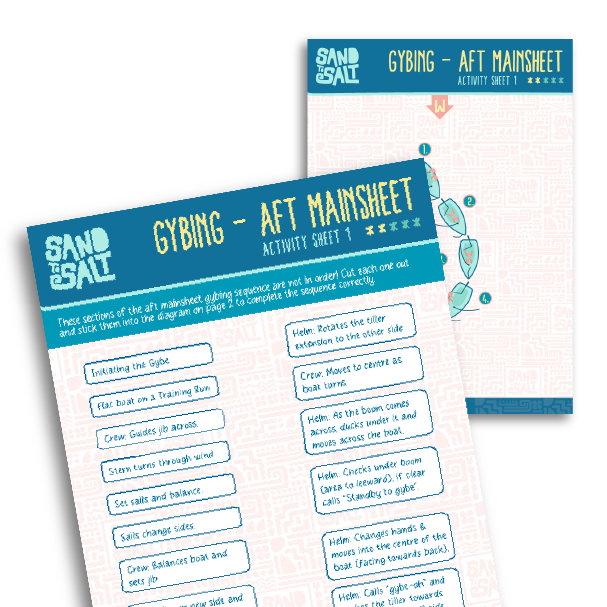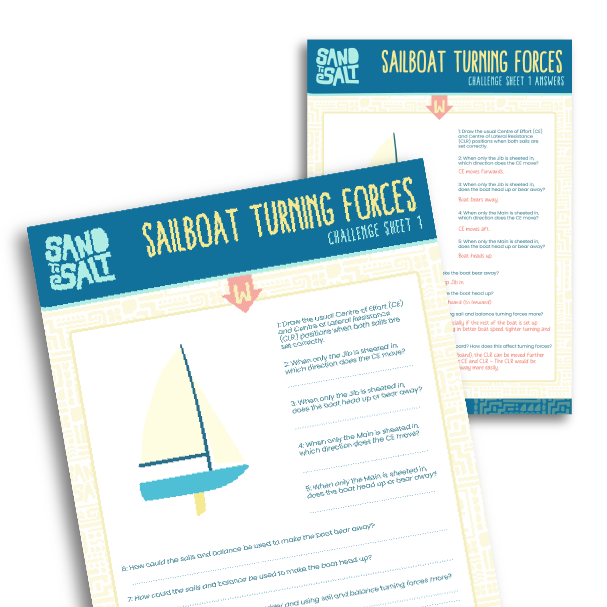
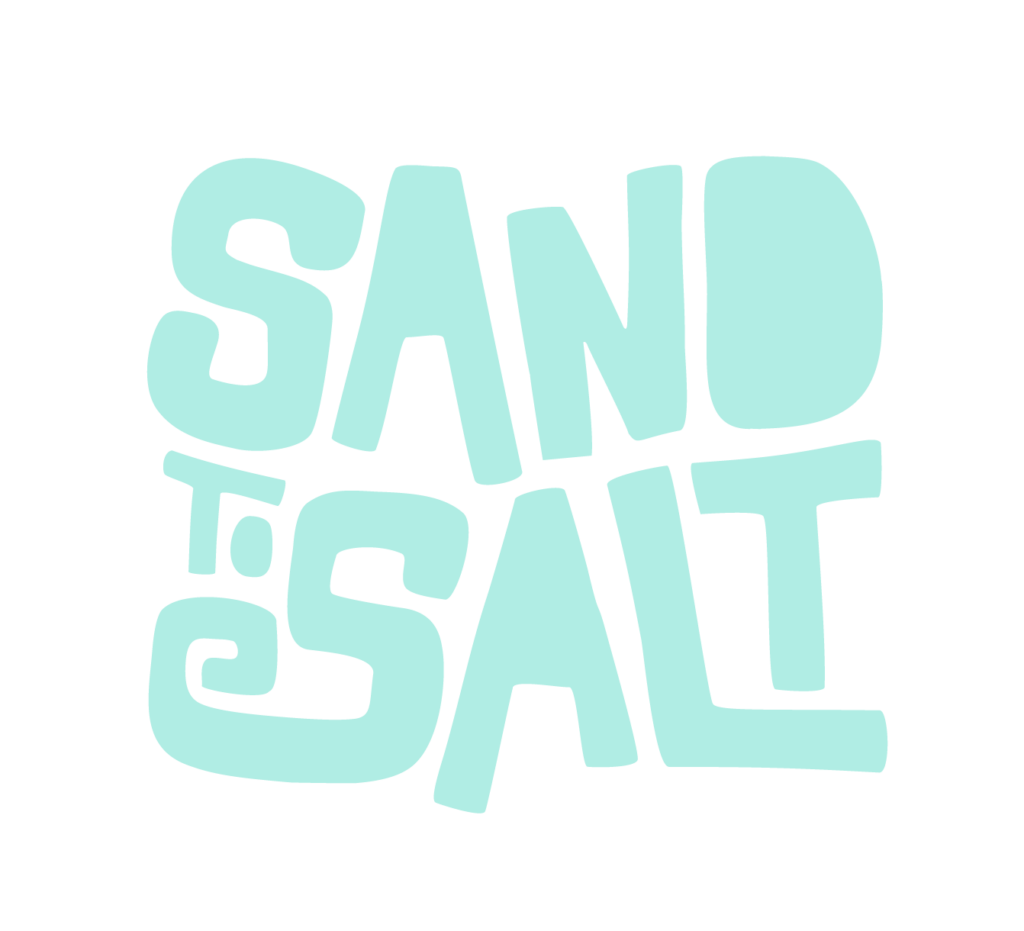
Sailing FAQs: Your Top Questions Answered
February 2024
Is sailing dangerous? Do you have to be fit and young to sail? Is it difficult to learn to sail?
Ask a group of sailors and you will receive a million different opinions – and these will change with the weather too! This is partly because there are so many different types of sailing – from yacht cruising around the globe to splashing about in single-handers on the beach, and no day is ever the same.
In this article, I’m answering the most commons questions I’m asked about sailing from novices – and hopefully dispelling some myths and rumours too.
What are the benefits of sailing as a sport?
Sailing is one of the few sports that can be anything to anyone. It can be exhilarating or peaceful, energetic or relaxing – whatever you’re looking for, there is a type of sailing for you.
Sailing offers a unique combination of physical activity, mental stimulation, and connection with nature. It is a great way to stay active and improve cardiovascular health while enjoying the serenity of the open water. Sailing also fosters teamwork and communication skills, making it an excellent sport for social interaction and personal growth.
If you have children it can be really beneficial for learning everything from motor skills to logical thinking as well as giving a fantastic understanding of our environment. The challenges that children will encounter on every outing will help them develop a growth mindset and problem solving attitude.
Do you have to be fit and strong to start sailing?
While being fit and strong can certainly be an advantage in sailing, it’s not a strict requirement to start. Sailing can be enjoyed by people of all ages and fitness levels, and there are different types of boats and sailing experiences to suit varying physical abilities. As you gain experience, you can gradually build your strength and endurance on the water.
If you have physical disabilities there are all kinds of boats available with specialised equipment to enable a variety of people with different needs to sail. That being said, many people can sail regular boats with just a bit of planning and forethought. There are lots of groups that can help you get started, such as Sailability in the UK.
How do sailboats work?
Sailing involves harnessing the power of the wind to propel a boat across the water. In very basic terms, the sails are set to a specific angle to the wind direction, which creates a kind of lift. The boat would go sideways and drift with the wind which is why there is a keel / centreboard under the middle of the boat to help it track forwards rather than sideways. There is a rudder (like a fin) at the back of the boat which you can use to steer.
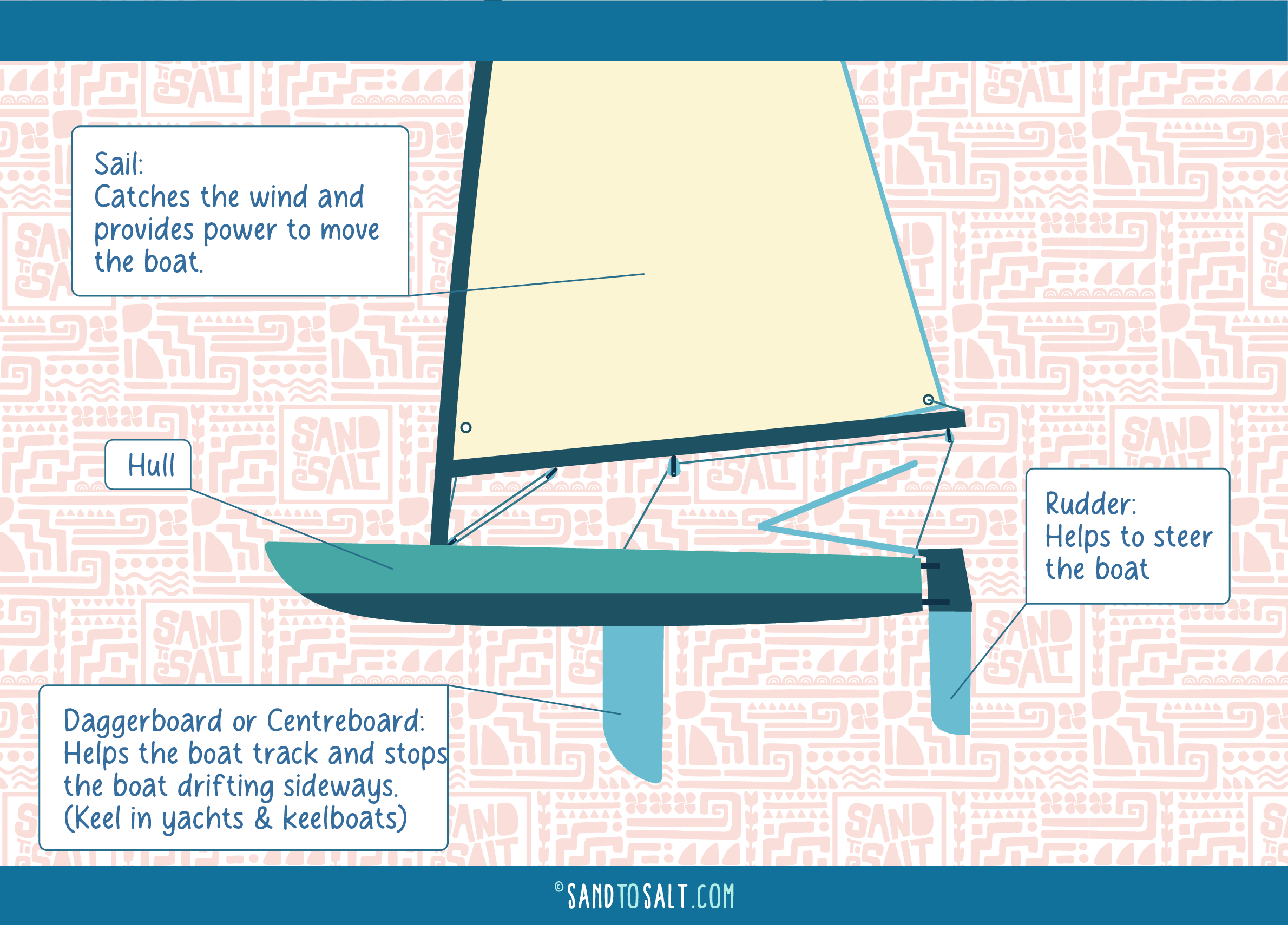
How long does it take to learn to sail?
How long is a piece of string?!
The time it takes to learn to sail can vary depending on individual aptitude, the complexity of the boat, and the frequency of lessons. Some people may feel comfortable sailing solo after a few lessons, while others may take longer to master the skills. In both dinghies (small sailboats – think olympics) and yachts just a week long course can take a complete novice to being able to control a sailboat in basic conditions without guidance.
With consistent practice and dedication, most beginners can become confident sailors within a few months. However, most sailors will agree that learning to sail is a lifelong pursuit and that you never really stop learning!
Where is the best place to learn to sail?
The best place to learn to sail is typically at a reputable sailing school or club with experienced instructors. Coastal regions with consistent wind conditions, calm waters and minimal tide are ideal for beginners. Look for sailing programs that offer hands-on experience, theoretical knowledge, and certification to ensure a well-rounded learning experience.
If you like the idea of sailing in the sunshine, booking a sailing holiday with tuition is a fantastic way to start. However, if you plan on sailing regularly in a specific area it makes sense to take a course in that area to start with. The instructor will give you all the insider local knowledge that is priceless as a beginner.
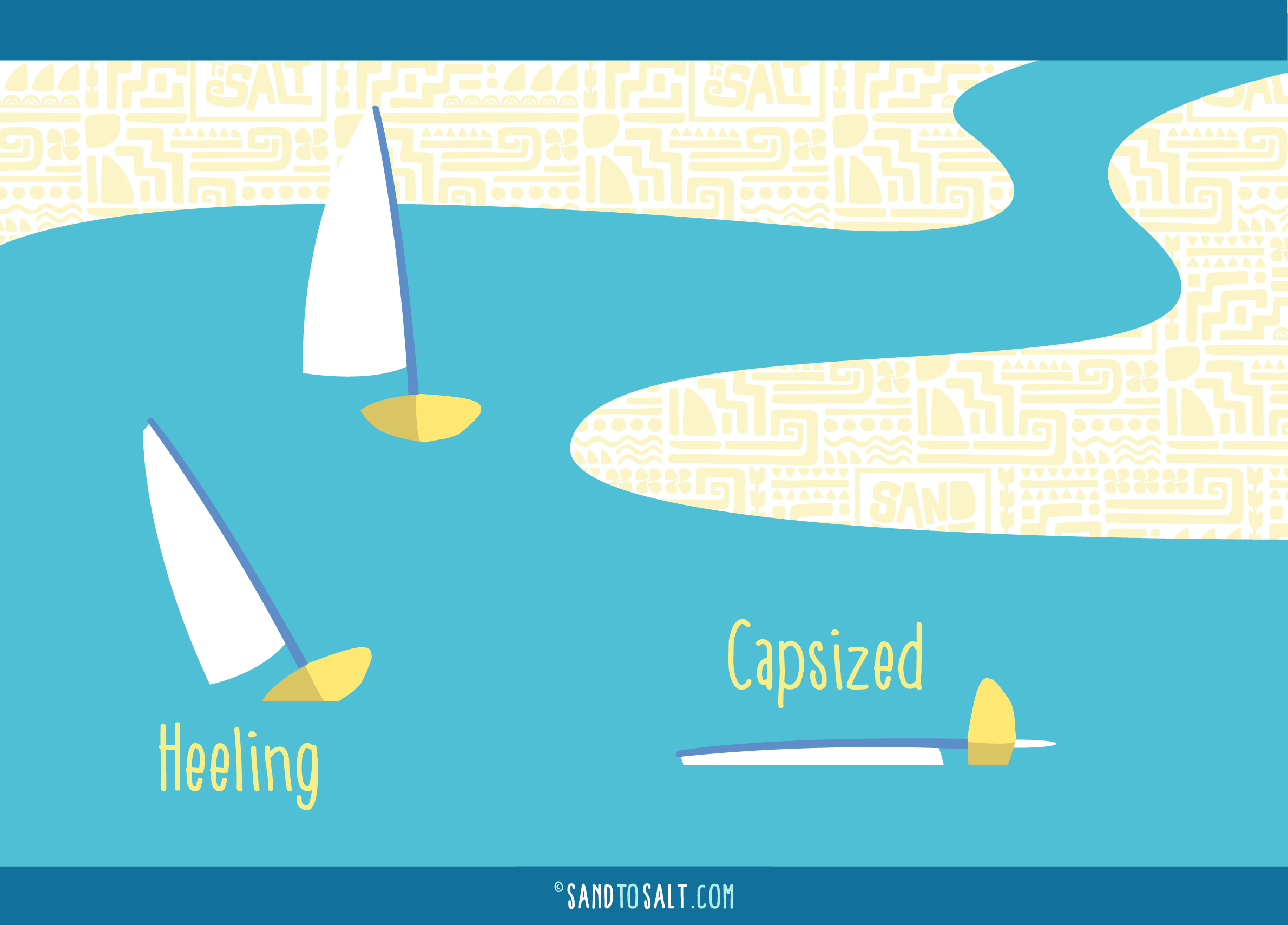
Will the boat tip over?
Sailing boats tip, or heel, often. But tipping completely over onto its side, called capsizing, is really only something that happens with smaller boats. Yachts and keelboats have a weighted keel that prevents the boat from tipping over too far in normal conditions, so you won’t be capsizing in those boats – although it will definitely heel once the wind is strong enough.
In smaller boats or dinghies that don’t have this kind of keel, heeling is common and so is capsizing in some boats. The typical kind of boats that children will learn in (single-handers) tip easily, however they are also the easiest to get back upright again. Children generally love capsize practice – it’s usually harder to keep them out of the water!
If you are learning with an instructor in the boat, they will ensure that the boat doesn’t capsize initially, until you are confident about how the boat moves. Once you’ve found your sea legs, they will take you through a controlled capsize so that you can see that it’s not scary or dangerous and actually can be quite fun!
Is it difficult to learn to sail?
Learning to sail can be challenging at first as there is a lot going on. There is lots of terminology, physical demands and tricky concepts to grasp. Because of this, courses are engineered to introduce the concepts piece by piece and in logical progression, building on the skills from the previous lesson. Therefore, with the guidance of experienced instructors and a positive attitude, beginners can grasp the basics relatively easily.
The problem is remembering it! Sometimes it can be tricky to remember everything that you’ve learnt on a course as everything happens quite quickly, which is why I set up Sand To Salt to provide easy reference material for beginners.
Take a look at our Parts of a Boat Poster for an example of what we do.
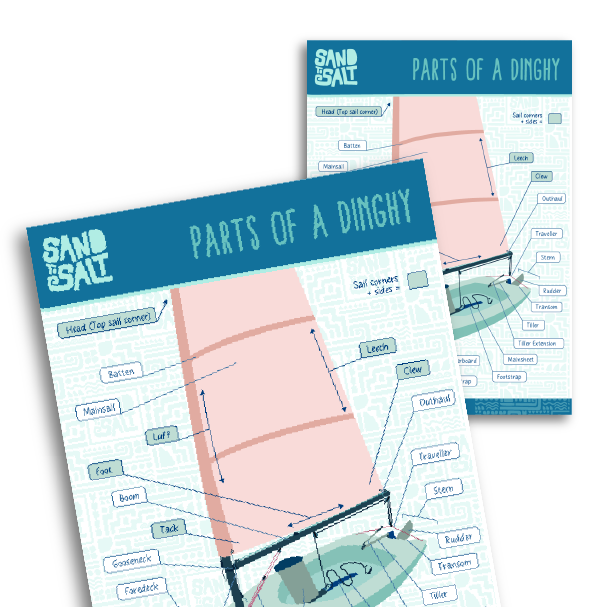
Do you have to buy a boat to learn to sail?
You do not have to buy a boat to learn to sail. Many sailing schools and clubs offer rental boats or provide access to boats for practise sessions. This allows beginners to experience sailing without the financial commitment of owning a boat. It’s wise to try several different boats before you decide to buy one as there are a lot of options and certain boats are more suited to specific environments. Sometimes sailing clubs have specific “fleets” (types) of boats that they race, so if you have a specific club that you’re interested in joining, it’s a good idea to check what fleets they race – if racing is your goal.
Buying into a yacht share is another great option on the way to full private boat ownership. This way you can share the running costs, maintenance jobs and sailing time with other experienced sailors.
Is sailing expensive?
Generally, yes, but it doesn’t have to be.
The cost of sailing can vary depending on factors such as boat type, location, maintenance, and equipment. While sailing can be an expensive sport for boat owners, there are affordable ways to enjoy sailing, such as joining a club, renting boats, or crewing for others.
You can even get your first sailing experiences for free – check out our blog article on How To Start Sailing For Free.
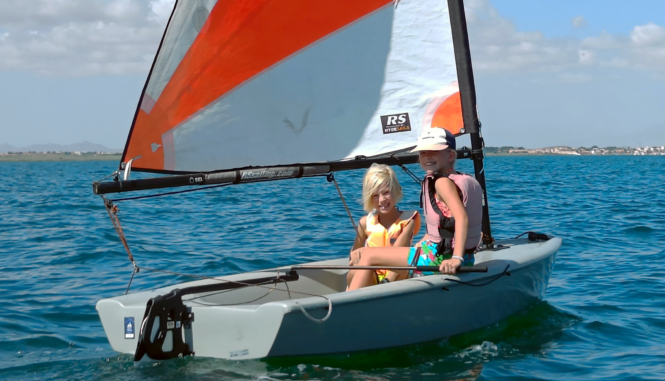
Is sailing dangerous?
Like any water-based activity sailing carries inherent risks, especially in adverse weather conditions or challenging sailing environments. Sailing has slightly higher statistical injury and death rates, however many of these could have been avoided by wearing a lifejacket and not being under the influence of alcohol! In this article, the article references a study that states 70% of deaths were from drowning and that 82% of those were not wearing a lifejacket. In addition 53% of deaths could have been avoided from more responsible behaviour – including drinking.
With proper training, safety equipment, and awareness of potential hazards, the risks can be minimised. Following safety protocols, wearing the right safety gear, staying informed about weather forecasts, and practising good seamanship are essential for safe sailing experiences.
If you are taking a recognised sailing course your instructor will be well qualified and first aid trained so there should be no reason learning to sail would be dangerous. In fact serious injuries are incredibly rare in a training environment so don’t let that put you off trying this amazing sport that millions of people enjoy every year without harm!
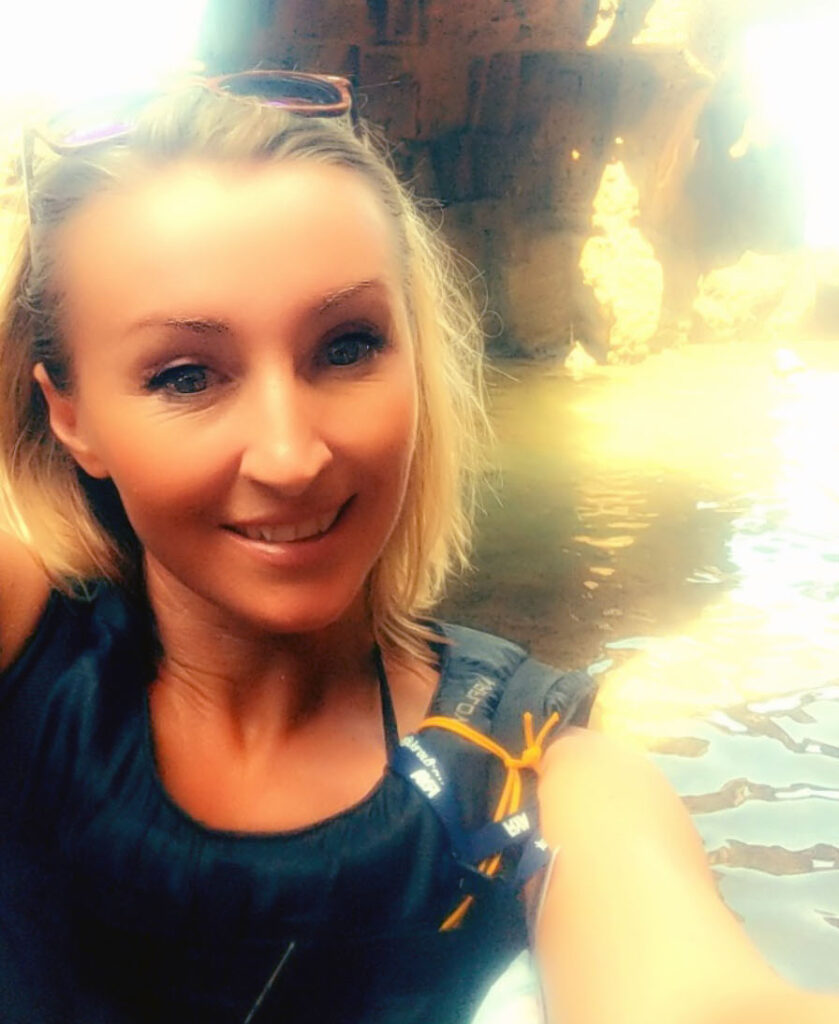
Gem Newman
Gem is a professional Dinghy Sailing Coach with over 20 years of experience teaching sailing instructors of all levels. She is the founder of Sandtosalt.com and a professional Graphic Designer. If you’d like to collaborate or enquire about coaching services, get in touch…
